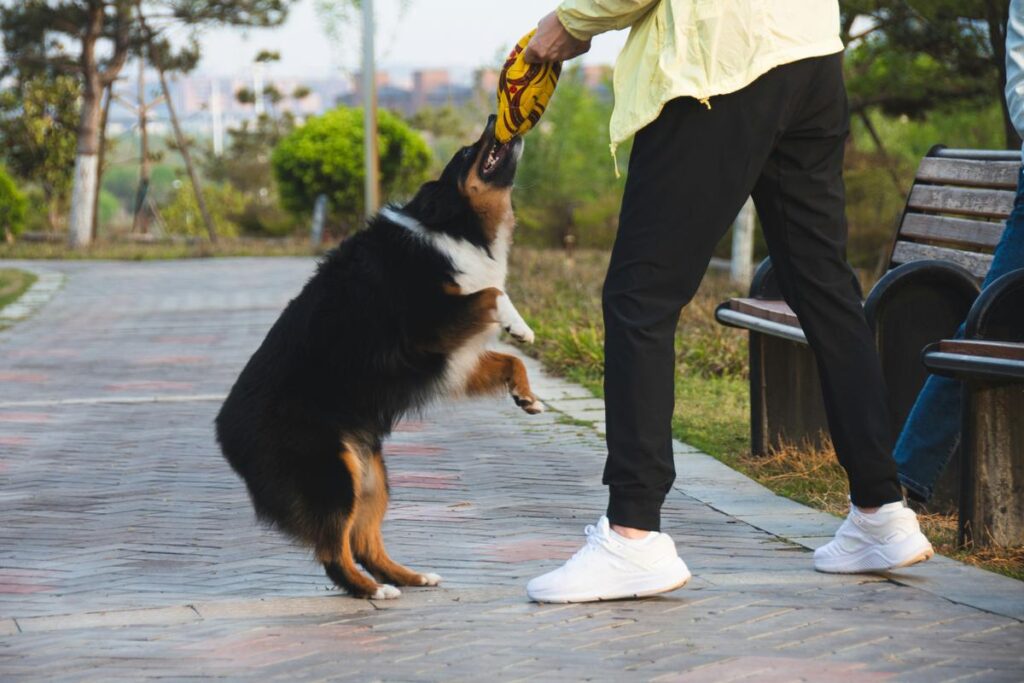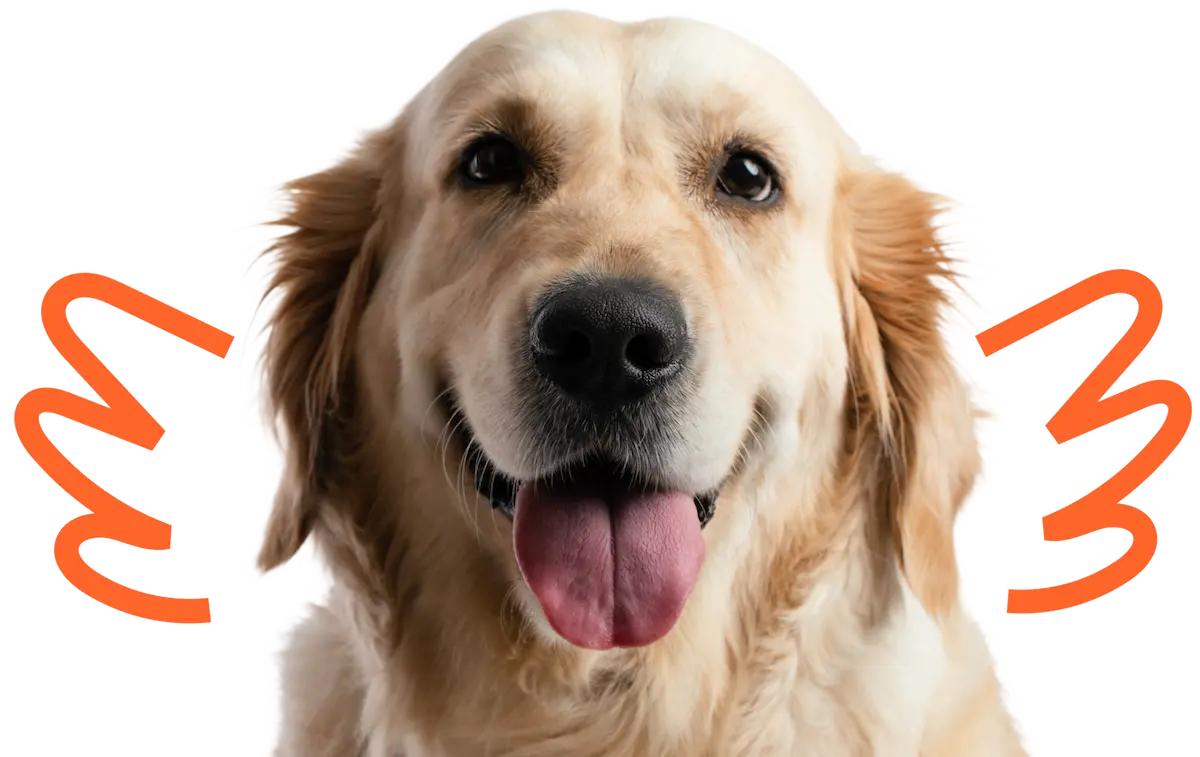Your dog joins you on a walk with a spring in their step and the promise of adventure. But if you return home and notice your dog limping after a walk, those lovely moments of companionship can swiftly turn to concern. At GoWalkies, we know that nothing tugs at your heartstrings more than seeing your four-legged friend in discomfort. Limping in dogs is not just a minor quirk or a fleeting misstep – it can signal anything from a simple strain to something needing swift veterinary care. If you have ever paused mid-countryside stroll, scanning your pup’s stride, you are certainly not alone. In this guide, we will walk you through why your dog may limp after a walk and how you can respond with confidence, compassion, and optimism, helping you protect the joy you both find in your adventures together.
Recognising Limping in Your Dog: What Does It Look Like?
Limping, or lameness, in dogs ranges from subtle changes in gait to an outright refusal to bear weight on a leg. Sometimes it’s a pronounced hop, sometimes a gentle favouring of one paw. You know your dog’s walk better than anyone, so it’s usually clear when something is off. A limp after a walk might be minor – a few uneven steps before they recover – or more persistent, with your dog protecting their leg entirely.
Key signs to watch for include:
- Hesitation or reluctance to walk, jump, or play
- Visible favouring of one leg or holding a paw up
- Whining or showing discomfort when the leg is touched
- Swelling, heat, or redness around a specific joint or paw
Recognizing limping immediately gives you the chance to act early, potentially sparing your dog further discomfort and providing you peace of mind.
Common Causes of Limping After a Walk
There are a number of causes if you notice your dog limping after walk time. Some are minor and resolve on their own, while others require prompt attention from your vet. Here are the most frequent scenarios UK dog owners encounter:
1. Paw Injuries and Foreign Objects
Grassy parks, countryside paths, and even city pavements can hide dangers for your dog’s paws. Small stones, glass, or sharp thorns can get stuck between the pads, leading to a limp. Cuts, grazes, and split nails are another culprit, often accompanied by licking or gentle chewing at the paw. It is good practice to check your dog’s paws for debris or wounds after every walk.
2. Sprains, Strains, and Soft Tissue Injuries
Even the most agile pups can pull a muscle or twist a joint, especially during energetic play or sudden movements. Sprains and strains cause pain, swelling, and a reluctance to put weight on the affected leg. These injuries often improve with rest but can be quite painful. Dogs who are enthusiastic about fetch, frisbee, or zoomies may be at higher risk.
3. Joint Problems: Arthritis and Hip Dysplasia
For some dogs, especially seniors or large breeds, gradual limping may point to chronic issues like arthritis or dysplasia. These conditions worsen with age and activity but can be managed well with early intervention, the right exercise, and sometimes medication. Stiffness in cold, damp weather — a familiar tale for UK pups — is common with arthritis.
4. Cuts, Stings, and Insect Bites
Fleeting through brambles or grass can result in scratches or insect stings, causing minor swelling and a limp. Bee stings on delicate areas like paws or faces are especially common during the warmer months. While generally minor, they can cause quite a bit of discomfort in the moment.
5. More Serious Health Concerns
Sometimes, limping after a walk signals an underlying health problem such as fractures, ligament tears (for example, the cruciate ligament in the knee), or infections. These situations demand immediate attention and often present as non-weight-bearing lameness, visible distress, or swelling around the affected area.
For a thorough breakdown of why dogs limp, including both sudden and chronic causes, you can explore expert canine health guidance.
First Steps: What Should You Do If Your Dog Starts Limping?
We have all had that moment when our dog takes an odd step, and our heart skips a beat. Here’s a quick action plan for when you spot that first limp:
- Stay calm. Take a moment to observe your dog’s behaviour. Are they in obvious pain or just favouring a paw?
- Check the affected leg and paw. Gently inspect for thorns, glass, swelling, or visible wounds. Look between the toes and underneath the paw pads.
- Consider recent activity. Has your dog just finished an intense run, leapt off furniture, or played with a new four-legged friend?
- Limit movement. Encourage rest and avoid further walks or play until you understand the cause.
- Contact your vet promptly if there is severe pain, inability to bear weight, significant swelling, bleeding, or if the limp does not improve within 24 hours.
Minor wounds can usually be managed by cleaning the area and keeping your dog rested and calm. When in doubt, always speak to your vet. For in-depth advice on canine first aid, the RSPCA offers comprehensive guidance on emergency care for dogs.
When Should You Call the Vet?
We know that vet visits can be daunting – for both you and your pup. But sometimes, prompt action makes all the difference. Here are clear signs that veterinary attention is needed:
- Your dog cannot put any weight on the leg
- There’s significant swelling or an obvious break
- Bleeding will not stop, or there is an open wound
- Persistent limping lasts for more than 24 hours
- Your dog is vocalising pain or appears distressed
- Other symptoms like fever, lethargy, or loss of appetite appear
Of course, if you are ever unsure, trust your instincts – you know your furry friend best.
Preventing Limping on Walks: Proactive Tips for UK Dog Owners
While some injuries are unpredictable, there is plenty you can do to reduce the risk of your dog limping after a walk:
- Check paths ahead of time. Look out for broken glass, sharp stones, or ice, especially in city parks or heavily used footpaths.
- Trim your dog’s nails regularly to avoid painful splits or snags during exercise.
- Condition your dog’s fitness level. Gradually increase exercise intensity for young or sedentary dogs, allowing muscles and joints to adapt.
- Monitor weather conditions. Wet fields or slippery pavements are common in the UK and can lead to slips or strains.
- Keep up-to-date on routine health checks to spot developing issues like arthritis or joint abnormalities early.
If you’re looking for smart tips on keeping your dog active but safe, check out our guide to maintaining your dog’s physical and mental health. It’s packed with proactive strategies every UK dog owner can use.
How to Care for Your Dog After a Limp
So, you have recognised your dog is limping after walk time, done your paw inspections, and perhaps checked in with your vet. Now what? Here are a few steps you can take to support recovery:
- Enforced rest: Keep walks short and gentle. Avoid rough play or jumping off furniture until your pup is back to their normal self.
- Monitor improvement: Track changes in your dog’s gait over the next few days. If the limp persists, worsens, or comes and goes, reach out to your vet again.
- Paw protection: Consider dog boots for sensitive paws, especially in winter or on rough ground.
- Hydration and comfort: Make sure your dog has a cosy resting area and plenty of water.
Many mild injuries will resolve with a bit of TLC, but always err on the side of caution when it comes to your best friend’s wellbeing.
Practical Tools and Professional Support: When You Need an Extra Pawsitive Hand
You do not have to face dog care dilemmas alone. As a UK dog owner, building a support network makes all the difference. Whether you walk your dog yourself or trust a friendly professional, it is important to choose walkers who understand canine body language and potential risks. If you are considering professional help, you might appreciate our advice on finding a reliable dog walker in your area. That way, you can be confident your dog is in safe hands, every step of the way.
Limping after a walk is something every dog owner dreads, but with attentive care and a dash of optimism, most cases have a happy ending. By recognising the signs, staying calm, and knowing when to seek help, you can keep your dog safe, healthy, and ready for their next joyful adventure beside you. Remember, the next time you notice your dog limping after walk time, think of it as a call to action to deepen your care and partnership – and let GoWalkies be your guide on your dog-loving journey.


